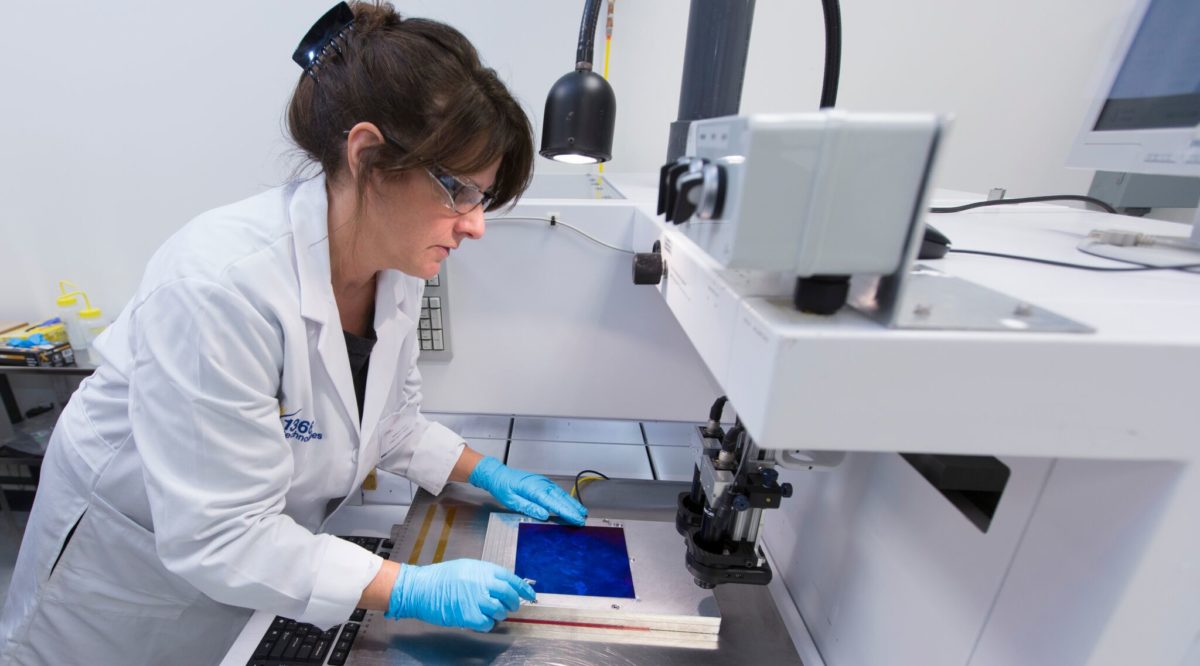1366 and Hanhwa Q Cells have cooperated for several years, combining the wafer technology from 1366 with Q Cells’ Q.ANTUM cell technologies. The two also announced the achievement of 20.1% average cell efficiency from cells produced on a pilot line using standard processes seen in mass production.
The collaboration between the companies has been fruitful, with the efficiency of cells produced using the Direct Wafer technique rising at a steady rate of 0.8% per year on average, having hit 19.9% back in March 2017.
“Our strategic partnership with Hanwha Q Cells is paving the way for a solar future where high-efficiency cells are realized at a substantially lower cost,” says Frank van Mierlo, CEO at 1366 Technologies. “Working at the melt level, rather than ingot, means you can play with the make up of the wafer as it is being formed. Wafer is no longer a commodity, but a source for efficiency gains and differentiation. We are rapidly closing in on 21% efficiency and demonstrating performance previous only achievable with monocrystalline wafers.”
The wafers were produced at 1366 Technologies facility in Bedford, Massachusetts, and the cell fabrication was completed using production equipment at Hanwha Q Cells Center for Technology, Innovation and Quality in Thalheim, Germany.
Popular content
“Together, Hanwha Cells and 1366 have made meaningful progress in increasing the efficiency of solar cells based on Direct Wafers,” says Daniel Jeong, Global CTO at Hanwha Q Cells. “The latest performance record again shows the potential that lies in combining 1366’s innovative technology with our established cell technology.”
The potential for kerfless wafer processes to bring about cost reduction in PV manufacturing has long been known, and while several other companies have attempted unsuccessfully to bring such technologies to commercial scale, 1366 has been able to take its process further, creating partnerships with one of the largest PV manufacturers, as well as with Wacker Chemie, now the world’s largest polysilicon producer.
“The simple fact is sawing ingots – whether cast multi or pulled mono – is wasteful and energy intensive. It’s an old process for a modern industry,” continues Van Mierlo. “While streamlining the supply chain has lowered costs, the ability to provide further value through innovation is several constrained. Direct Wafer products deliver the lowest LCOE for a cost driven industry, and we do it without sacrificing performance.”
This content is protected by copyright and may not be reused. If you want to cooperate with us and would like to reuse some of our content, please contact: editors@pv-magazine.com.



3 comments
By submitting this form you agree to pv magazine using your data for the purposes of publishing your comment.
Your personal data will only be disclosed or otherwise transmitted to third parties for the purposes of spam filtering or if this is necessary for technical maintenance of the website. Any other transfer to third parties will not take place unless this is justified on the basis of applicable data protection regulations or if pv magazine is legally obliged to do so.
You may revoke this consent at any time with effect for the future, in which case your personal data will be deleted immediately. Otherwise, your data will be deleted if pv magazine has processed your request or the purpose of data storage is fulfilled.
Further information on data privacy can be found in our Data Protection Policy.